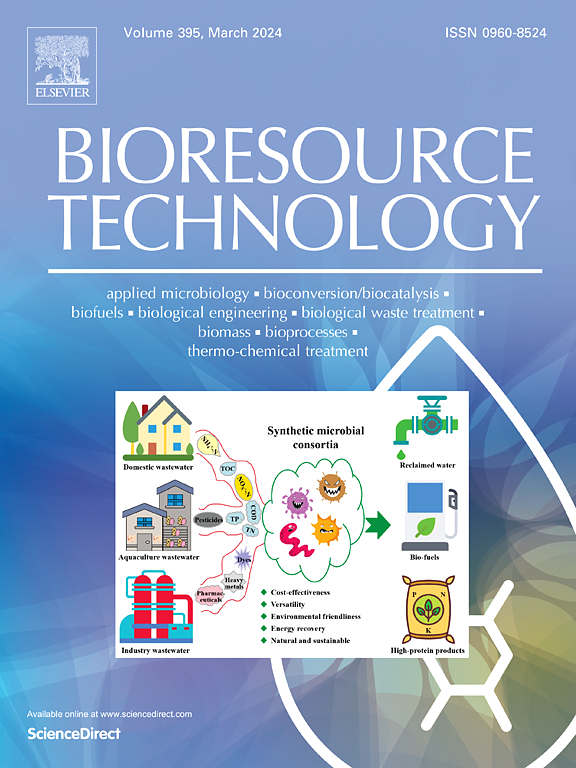Current advances in microalgae-based fucoxanthin production and downstream processes
IF 9.7
1区 环境科学与生态学
Q1 AGRICULTURAL ENGINEERING
引用次数: 0
Abstract
Fucoxanthin, a marine carotenoid primarily found in brown algae and microalgae, offers significant health benefits, including antioxidant, anti-obesity, and anti-cancer effects. While brown algae remain the dominant commercial source, microalgae such as Phaeodactylum tricornutum are emerging as promising candidates for large-scale, sustainable fucoxanthin production. This review explores advancements in fucoxanthin biosynthesis, focusing on cultivation methods, extraction techniques, and genetic engineering strategies. Different cultivation systems − including autotrophic, heterotrophic, and mixotrophic approaches − have been assessed for their biomass yield, cost-effectiveness, and scalability, together with a quantitative meta-analysis to highlight specific trends or correlations in fucoxanthin production. The efficiency and environmental impact of extraction methods, such as supercritical fluid extraction, ultrasound-assisted extraction, and microwave-assisted extraction, have also been evaluated. In addition, synthetic biology and Clustered Regularly Interspaced Short Palindromic Repeats (CRISPR)-based genetic modifications show potential for enhancing fucoxanthin biosynthesis. However, challenges remain in terms of cost, scalability, and regulatory constraints. This review highlights the need for integrated biotechnological solutions to enhance commercial viability, combining metabolic engineering, efficient extraction techniques, and optimized cultivation strategies. As demand continues to grow in the nutraceutical, pharmaceutical, and cosmetic industries, ongoing advancements in microalgae-based fucoxanthin production will be critical for ensuring sustainable and cost-effective manufacturing.

求助全文
约1分钟内获得全文
求助全文
来源期刊

Bioresource Technology
工程技术-能源与燃料
CiteScore
20.80
自引率
19.30%
发文量
2013
审稿时长
12 days
期刊介绍:
Bioresource Technology publishes original articles, review articles, case studies, and short communications covering the fundamentals, applications, and management of bioresource technology. The journal seeks to advance and disseminate knowledge across various areas related to biomass, biological waste treatment, bioenergy, biotransformations, bioresource systems analysis, and associated conversion or production technologies.
Topics include:
• Biofuels: liquid and gaseous biofuels production, modeling and economics
• Bioprocesses and bioproducts: biocatalysis and fermentations
• Biomass and feedstocks utilization: bioconversion of agro-industrial residues
• Environmental protection: biological waste treatment
• Thermochemical conversion of biomass: combustion, pyrolysis, gasification, catalysis.
 求助内容:
求助内容: 应助结果提醒方式:
应助结果提醒方式:


